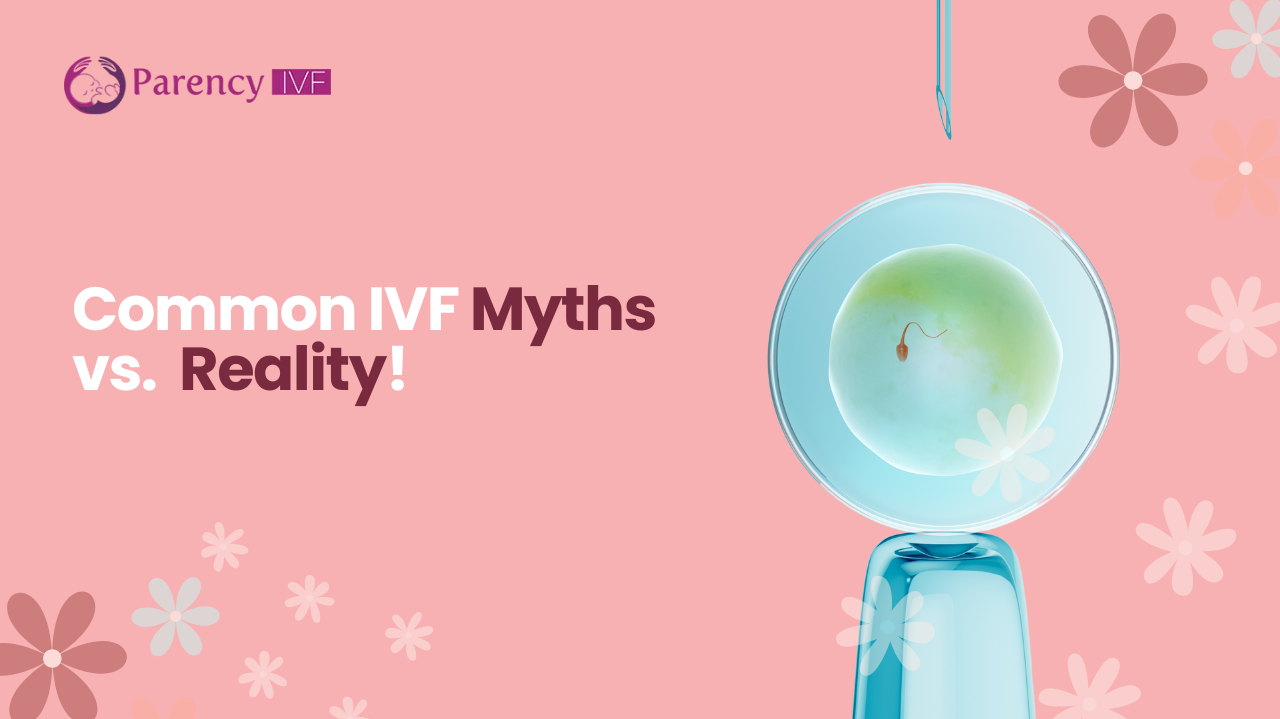



Infertility is a silent struggle, a journey many couples face, often with more questions than answers. With so much at stake, it’s easy to be overwhelmed by the myths surrounding IVF from misconceptions about success rates to worries about the health of IVF babies. A WHO report revealed that 1 in 6 couples globally face infertility. Yet despite its growing success, IVF is still clouded by misinformation. In this blog, we’ll separate IVF myths from reality, giving you the clarity and confidence you need to make informed decisions about your fertility treatment.
IVF, or In Vitro Fertilisation, is one of the most effective infertility treatments, involving several steps:
IVF is especially beneficial for couples struggling with infertility because of blocked fallopian tubes, low sperm count, endometriosis, or unexplained infertility issues.
Reality: While IVF is a powerful fertility treatment, it’s not the only alternative. Depending on the underlying reason for infertility, other treatment options like Intrauterine Insemination (IUI) or ovulation induction may be effective alternatives. IVF is generally recommended when other treatments have not been successful.
Reality: IVF significantly increases the chances of pregnancy, but it does not guarantee success. Success rates depend on various factors like age, health, and the quality of the eggs and sperm used. Even with the best preparation and care, some IVF cycles do not result in pregnancy.
Reality: IVF babies are just as healthy as those conceived naturally. In fact, extensive studies have shown no noteworthy difference in the health of babies born via IVF compared to naturally conceived children. IVF is a safe, regulated process with high standards for monitoring both the health of the mother and baby.
Reality: IVF is not just for older women. Many younger women with medical conditions such as endometriosis, polycystic ovary syndrome (PCOS), premature ovarian failure or unexplained infertility may benefit from IVF as well. Age can affect fertility, but IVF is helpful across various age groups.
Reality: In the past, multiple embryos were often transferred to increase the chances of success, leading to higher rates of multiple births. However, modern IVF techniques, including single embryo transfer, have greatly reduced the likelihood of multiple births, making IVF safer for both the mother and the baby.
IVF isn’t just for a specific group of people—many individuals and couples can benefit from this treatment, depending on their unique circumstances. Let’s explore who is most likely to see positive results from IVF.
IVF has helped millions of couples realise their dreams of parenthood, and while myths continue to surround the process, it’s important to remember the truth about IVF. It’s a well-established, effective treatment that can overcome many fertility challenges. By separating fact from myths, we hope to provide you with the clarity you need to make well-informed choices about your fertility journey.
Struggling with infertility? Parency IVF offers expert guidance and personalised fertility solutions tailored to your unique needs. Our team of specialists will work with you to create a treatment plan designed to optimise your chances of conception. Consult with us today and take the first step towards growing your family with care and confidence. Let’s turn your dream of parenthood into a reality.